What you’ll learn:
- Victoza® is FDA-approved for type 2 diabetes and follows a once-daily dosing schedule that’s gradually increased to prevent side effects.
- While not approved for weight loss, it’s sometimes prescribed off-label. Studies show people on the 1.8 mg dose average 5% body weight loss over one year.
- Generic versions of Victoza® are now available, but newer GLP-1 medications may cost less due to manufacturers’ discounts and be more effective for weight loss.
Before once-weekly GLP-1s like Ozempic® made headlines for off-label weight loss, there was Victoza®. Approved in 2010 to help people with type 2 diabetes manage blood sugar, Victoza® was one of the first GLP-1 receptor agonists on the market. (Ozempic® was approved in 2017.) Its active ingredient, liraglutide, also powers Saxenda®—a higher-dose version specifically approved for weight loss. But unlike Ozempic®’s weekly injections, Victoza® and other liraglutide medications require daily dosing.
Although Victoza® wasn’t originally designed for weight loss, some people do lose weight on it, just not as much as with newer GLP-1s like semaglutide or tirzepatide. Like all GLP-1 medications, it’s started at a low dose and gradually increased to reduce side effects like nausea and fatigue.
We’ll walk through how Victoza® dosing works, what to expect as you increase your dose. We’ll also show how it stacks up against other GLP-1s in terms of weight loss, side effects, and cost. If you’re considering Victoza®, this can help you talk through your options with your provider.
How Victoza® dosing works
Victoza® is started at a low dose and increased gradually to help your body adjust. This gradual step-up helps minimize common side effects that most people experience when first starting the medication or when the dose is increased.
- Starting dose: Everyone begins taking Victoza® at 0.6 mg once daily, which is your “starter dose” for about the first week. This dose is to help your body get used to the medication.
- Dose escalation schedule: After about 1 week on 0.6 mg daily, your provider will increase your dose to 1.2 mg daily. If your blood sugar still needs more help, the dose may go up to the maximum recommended daily dose after at least one week at 1.2 mg. Your provider may adjust this timing if you’re experiencing side effects or are otherwise doing well on the lower dose.
- Maintenance dose: Your maintenance dose is the amount that keeps your blood sugar within your goal range and minimizes side effects. Many people do well at 1.2 mg, but some benefit more from 1.8 mg each day.
- Maximum recommended dose: The highest recommended dose of Victoza® is 1.8 mg once a day. Your provider may recommend staying at 1.2 mg if that keeps your blood sugar well-controlled without extra side effects, but you should never go above 1.8 mg per day.
If your blood sugar isn’t where it needs to be at the maximum dose, your doctor may talk with you about other treatment options to add or switch to.
Here’s a simplified table that you can follow:
| Week | Dose |
|---|---|
| Week 1 | 0.6 mg once daily |
| Week 2 | 1.2 mg once daily |
| Week 3+ (as needed) | Up to 1.8 mg once daily |
Will your cost increase as your dose increases?
Yes—the higher your daily dose of Victoza®, the more quickly you’ll use each pen, which can increase your monthly cost. Each Victoza® pen contains 18 mg of liraglutide, so higher doses mean you’ll go through pens faster.
Based on the current list prices ($544 for a 2-pen pack and $815 for a 3-pen pack), here’s a quick breakdown of how long each pen lasts, how many you’ll need, and what that could mean for your budget:
| Daily dose (mg) | Days per pen | Pens per month | Approx. weekly cost | Approx. monthly cost |
|---|---|---|---|---|
| 0.6 mg | 30 | 1 | $63 | $272 |
| 1.2 mg | 15 | 2 | $127 | $544 |
| 1.8 mg | 10 | 3 | $190 | $815 |
Your actual cost depends on your insurance, pharmacy, and any discount programs you use. Learn more about Victoza® pricing here.
Is generic liraglutide the same as Victoza®?
Yes, generic liraglutide, manufactured by Teva Pharmaceuticals and a few other companies, is an alternative to Victoza®. It’s also FDA-approved for type 2 diabetes. It has the same medication, liraglutide, in the same doses. It follows the same dosing schedule and is also injected once daily.
Here’s a general breakdown of what you can expect from the current generic liraglutide options that are on the market:
- 2-pen package: Around $200 to $450
- 3-pen package: Around $280 to $750
Because the dosing is identical to Victoza®, your monthly cost will also depend on how many pens you use based on your prescribed dose. Below is a general estimate of how many pens you’ll go through at each dose and the potential cost range based on current GoodRx pricing.
| Daily dose (mg) | Days per pen | Pens per month | Approx. weekly cost | Approx. monthly cost |
|---|---|---|---|---|
| 0.6 mg | 30 | 1 | $50–$105 | $200–$450 |
| 1.2 mg | 15 | 2 | $70–$173 | $280–$690 |
| 1.8 mg | 10 | 3 | $70–$188 | $280–$750 |
These are estimated ranges based on publicly available retail prices and may vary by location, pharmacy, or discounts applied.
Victoza® dose for weight loss vs. diabetes
Victoza® is FDA-approved for type 2 diabetes, not weight loss, which is why its dosing tops out at 1.8 mg daily. Some providers may prescribe it off-label to support modest weight loss, but because it’s used at lower doses than Saxenda®, the results may not be as significant.
If your goal is weight loss, your provider may recommend Saxenda® if you want to use a liraglutide medication. While both medications contain liraglutide, Saxenda® is approved specifically for weight management and can be prescribed at a higher dose. You can learn more about how Saxenda® works here.
How much weight can I expect to lose?
In a year-long study, people taking the 1.8 mg dose of liraglutide for diabetes lost an average of 5% of their starting weight. That’s about 10 pounds for someone starting at 225 pounds.
Here’s how that progress typically unfolded:
- By week 4, participants had lost an average of 2% of their weight.
- By week 16, weight loss reached an average of 4%.
- By week 56, the average loss was 5%.
As you can see, weight loss with lower doses of liraglutide is generally modest, but keep in mind that weight loss wasn’t the primary outcome of the study. How much weight you lose can depend on things like your starting weight, habits, and overall health.
Still, compared to Saxenda® or other weight loss approved medications like Wegovy® (semaglutide) or Zepbound® (tirzepatide), Victoza® isn’t likely to be the most effective option. Other medications may be cheaper due to manufacturers’ discounts since medications are typically not covered when used for weight loss. Here’s a look at the options:
| Medication | Average weight loss | Average monthly cost |
|---|---|---|
| Liraglutide (Victoza®) – 1.8 mg daily | 5% | $815 Learn more about the cost of Victoza®. |
| Generic liraglutide – 1.8 mg daily | 5% | $280 to $750 Learn more about the cost of generic liraglutide. |
| Liraglutide (Saxenda®) – 3 mg daily | 6% | $1,350 Learn more about the cost of Saxenda®. |
| Semaglutide (Wegovy®) – 2.4 mg weekly | 15% | $1,350 (retail) $499 (NovoCare Pharmacy) Learn more about the cost of Wegovy®. |
| Tirzepatide (Zepbound®) – 15 mg weekly | 21% | Pens: $1,087 Vials: $349 (2.5 mg) $499 (5 mg, 7.5 mg, 10 mg, 12.5 mg, 15 mg) Learn more about the cost of Zepbound®. |
What are the most common side effects of Victoza® by dose?
Just like with other GLP-1 medications, some mild to moderate side effects are expected when starting Victoza®. These tend to show up more frequently during the first few weeks as your body adjusts, especially when you first start the medication or during dose increases.
The most common side effects reported with Victoza® are nausea, diarrhea, vomiting, constipation, headache, and indigestion.
These side effects are dose-dependent, meaning the likelihood of experiencing them increases slightly at higher doses. The table below shows how often GI side effects were reported in clinical trials for Victoza® and includes some tips to help manage them.
| Symptom | Victoza® (1.8 mg) | Victoza® (1.2 mg) | What can help |
|---|---|---|---|
| Nausea | 20% | 18% | Choose smaller, lighter meals. Skip fried, sweet, or spicy foods to ease digestion. |
| Diarrhea | 12% | 10% | Stay well hydrated and go for gentle, low-fiber meals until symptoms ease. |
| Vomiting | 9% | 6% | Stick with small meals of bland foods and sip clear fluids like ginger tea or water throughout the day. |
| Constipation | 5% | 5% | Add fiber-rich foods slowly. Make sure you’re drinking water and staying active. |
| Dyspepsia (indigestion) | 7% | 4% | Avoid eating too close to bedtime. Eat slowly and remain upright after meals to ease discomfort. |
Read more about the side effects of Victoza®.
Rx weight loss, the right way, with Noom
Get access to prescription weight loss medication with Noom.How do you take Victoza®: Tips for the best results
Victoza® works best when you take it consistently. Here’s how to use it and what to expect.
| Action | Reason |
|---|---|
| When to take it | Victoza® is taken once daily, at any time of day, with or without food. Try to take it at the same time each day to help make it part of your routine. |
| Where to inject | Inject Victoza® into the abdomen, thigh, or upper arm. Rotate injection sites daily to avoid skin irritation or lumps. |
| How to take it | Inspect the pen – Make sure the solution inside is clear, colorless, and free of particles. Wash your hands – Clean hands help lower the risk of infection during the injection process. Use a new needle – Attach a fresh needle each time to ensure proper dosing and safety. Clean the injection site – Use an alcohol swab to disinfect your skin and let it air dry. Set your dose – Turn the dial on the pen to match your prescribed dose: 0.6 mg, 1.2 mg, or 1.8 mg. Inject at a 90° angle – Insert the needle into your skin in your abdomen, thigh, or upper arm, and press the button to begin the injection. Hold and count – Keep the injection button pressed and the needle under your skin for a full count of 6 seconds to make sure the full dose is delivered. Dispose of the needle – Safely remove and discard the used needle in a sharps container. Never reuse needles or share your pen. |
| How to minimize side effects | Eat smaller meals – High-fat or large meals may make nausea worse, especially when you’re starting out. Light, bland foods can help. Stay hydrated – Drinking water throughout the day may ease digestion and reduce symptoms like bloating or dizziness. Talk to your provider if symptoms persist – If side effects continue or get in the way of daily life, your provider may suggest staying at your current dose longer or adjusting your plan. |
For detailed instructions with images, you can also refer to the official Victoza® medication guide.
How to avoid injection site reactions
It’s normal to have some mild redness, swelling, or itching when you first start injecting Victoza®. These usually fade as your body adjusts. A few simple steps can help keep your skin comfortable and avoid irritation along the way.
To reduce the chance of bumps, bruising, or reactions:
- Rotate injection sites – Use a different area each time you inject. Switch between your abdomen, thigh, or upper arm, and never inject into the same spot two days in a row.
- Always use a new needle – Each injection should be done with a fresh needle to reduce irritation and minimize the risk of infection.
- Avoid irritated or scarred areas – Don’t inject into spots that are red, swollen, bruised, hard, or tender.
If you notice any persistent redness, swelling, or signs of infection like warmth or pus at the site, contact your healthcare provider for guidance.
How to care for your Victoza® pen
Taking care of your Victoza® pen helps ensure the medication works properly and stays safe to use. Here’s what to keep in mind:
- Store unused pens in the fridge at 36°F to 46°F until you’re ready to use them.
- Once in use, store your pen either in the fridge or at room temperature (59°F to 86°F)—whatever works best for your routine.
- Use each pen for 30 days max. Throw it out after 30 days, even if there’s some medication left.
- Don’t freeze your pen or store it near a cooling element. If it freezes, it can’t be used.
- Keep your pen clean and dry. If it gets dirty, wipe it gently with a damp cloth—never soak or wash it.
- Always remove the needle after each injection and store the pen without the needle attached. This prevents leaks, infections, and inaccurate dosing.
- Never try to refill, repair, or take apart your pen. It’s prefilled and designed for single-person use only.
- Keep the cap on when not in use, and store the pen safely out of reach of children.
What happens if you miss a dose?
It’s normal to miss a dose now and then, but what you do next matters. Here’s how to handle missed doses safely with Victoza® and keep your progress on track:
| Situation | What to do | Why it matters |
|---|---|---|
| You missed a dose | Take your next scheduled dose as usual. Don’t take an extra dose to make up for it. | Doubling up can increase your risk of side effects like nausea, headache, or low blood sugar. |
| You haven’t taken Victoza® for 3 days or more | Talk to your provider before restarting. You may need to start again at a lower dose and increase slowly. | This helps your body adjust again and lowers your risk of GI symptoms like nausea or vomiting. |
| You’re thinking of taking a higher dose to catch up | Stick to the dose your provider recommended and never take more than prescribed. | Taking too much Victoza® can increase your risk of serious side effects. |
Keeping your Victoza® pen in a visible place (like near your toothbrush or coffee maker) or setting a phone reminder can help you remember to take it every day.
Victoza®: Warnings and precautions
Most people tolerate Victoza® well, especially when dose increases happen gradually. But like any medication, it carries some serious risks that—while rare—are important to know.
If you notice any of the symptoms below, stop using Victoza® and seek emergency medical care right away:
- Pancreatitis: Watch for intense abdominal pain, especially if it radiates to your back or comes with vomiting.
- Gallbladder issues: Victoza® may increase the risk of gallstones or gallbladder inflammation. Symptoms may include right-side belly pain, fever, jaundice (yellowing skin or eyes), or unusual stools.
- Low blood sugar (hypoglycemia): If you’re also taking insulin or sulfonylureas, your risk of hypoglycemia increases. Signs include shakiness, dizziness, sweating, and trouble concentrating.
- Kidney problems: Severe nausea, vomiting, or dehydration can affect your kidneys. Contact your provider if you notice swelling, less frequent urination, or unusual fatigue.
- Severe gastrointestinal symptoms: Some people experience intense nausea, vomiting, or stomach discomfort when starting Victoza®. Victoza® is not recommended for people with severe gastroparesis.
- Severe allergic reactions: Though rare, seek immediate help for swelling of the face, lips, tongue, or throat, trouble breathing, or widespread rash or itching.
- Thyroid tumors: Liraglutide has been linked to thyroid tumors in animals, though it’s unclear if the same risk applies to humans. Victoza® isn’t recommended for people with a personal or family history of MTC or MEN 2. Tell your provider if you notice a neck lump, hoarseness, or trouble swallowing.
These side effects are uncommon, but being informed helps you stay safe. Talk with your provider about your health history before starting Victoza®.
Victoza®: Overdose risks and symptoms
Taking more Victoza® than prescribed can lead to serious side effects. It’s important to follow your dosing schedule closely and never try to adjust your dose on your own.
The most common signs of a Victoza® overdose include intense nausea, repeated vomiting, and low blood sugar symptoms like feeling shaky, sweaty, or having a rapid heartbeat. These reactions can be severe and may need medical attention.
If you think you may have taken too much Victoza®, call your healthcare provider or the Poison Help Line at 1-800-222-1222 immediately.
Making Victoza® part of your treatment plan
While Victoza® can support modest weight loss for some people—especially those also managing type 2 diabetes—it isn’t the most effective choice if it’s your primary goal. Its maximum dose of 1.8 mg liraglutide is lower than that used in Saxenda®, which is specifically approved for weight management. And, Victoza®’s weight loss averages don’t match up to newer medications like Wegovy® or Zepbound®.
Whatever your goals are, Victoza® works best when paired with healthy habits. If you qualify for Noom Med, our clinicians can help determine if Victoza® or another GLP-1 is the right fit for you and prescribe it if needed. They’ll also provide ongoing support to help you build sustainable routines that support long-term success.
Note: Victoza®, Ozempic®, and generic liraglutide are not FDA-approved to treat obesity or for weight loss.
Why you can trust us
At Noom, we’re committed to providing health information that’s grounded in reliable science and expert review. Our content is created with the support of qualified professionals and based on well-established research from trusted medical and scientific organizations. Learn more about the experts behind our content on our Health Expert Team page.




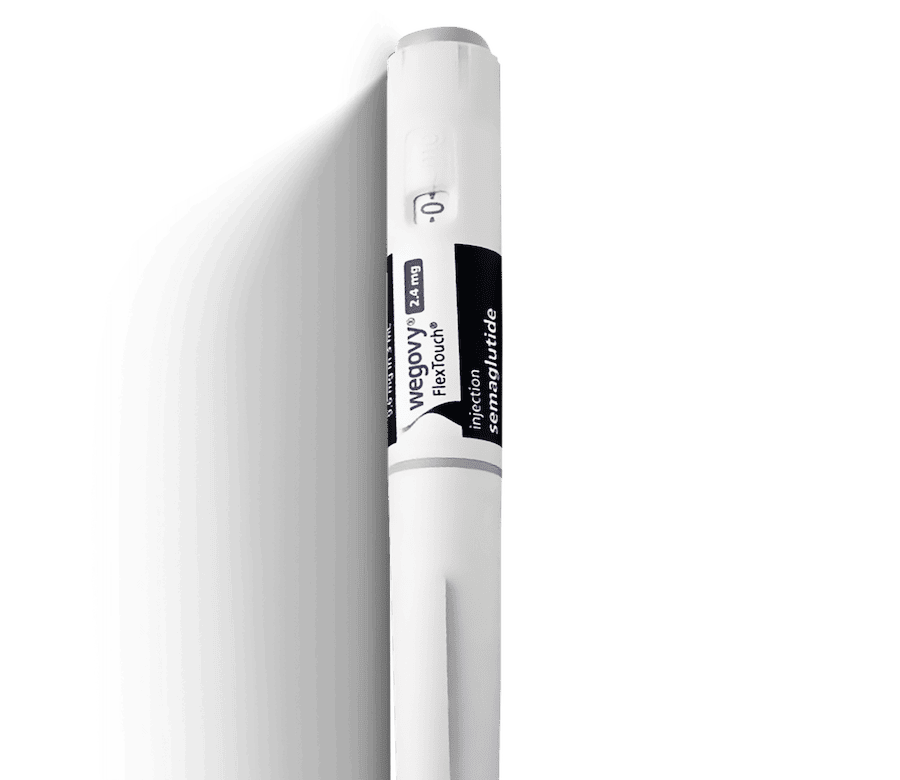



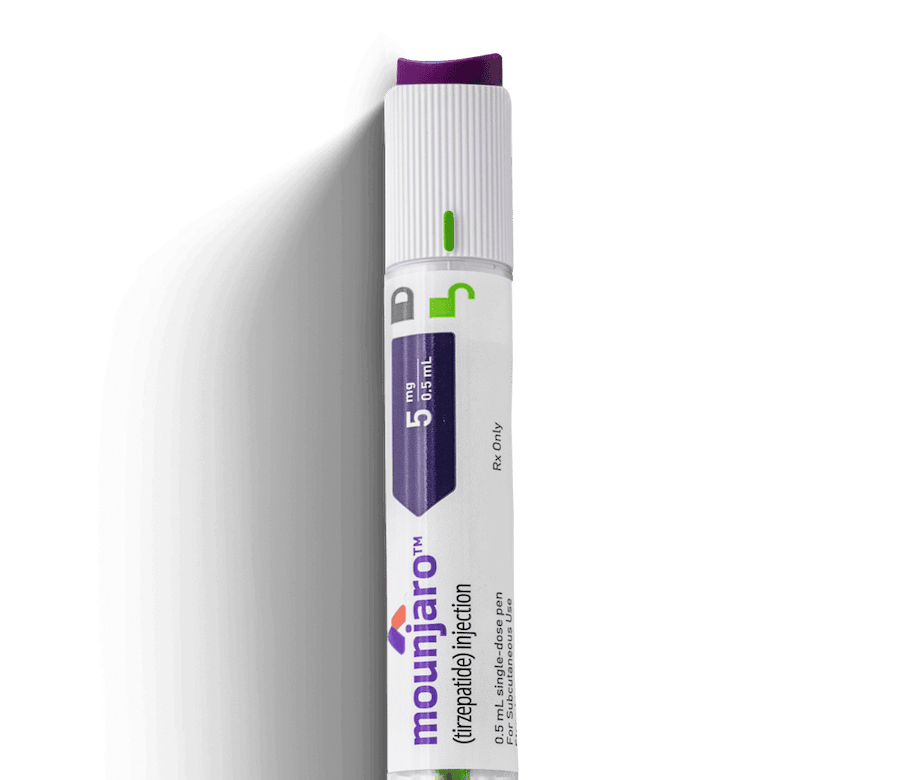
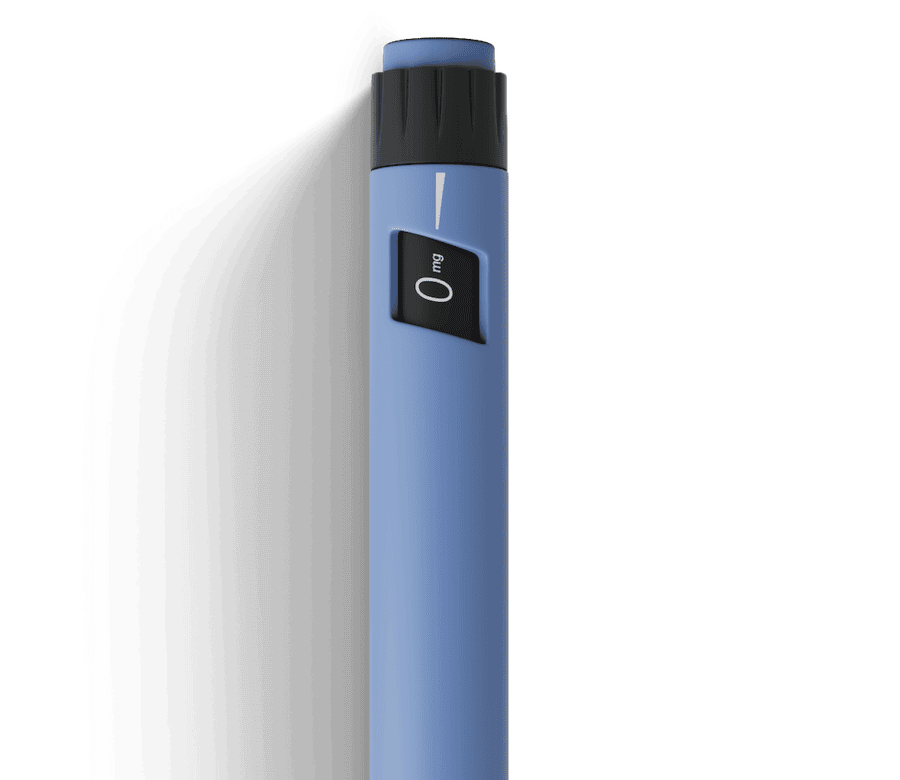
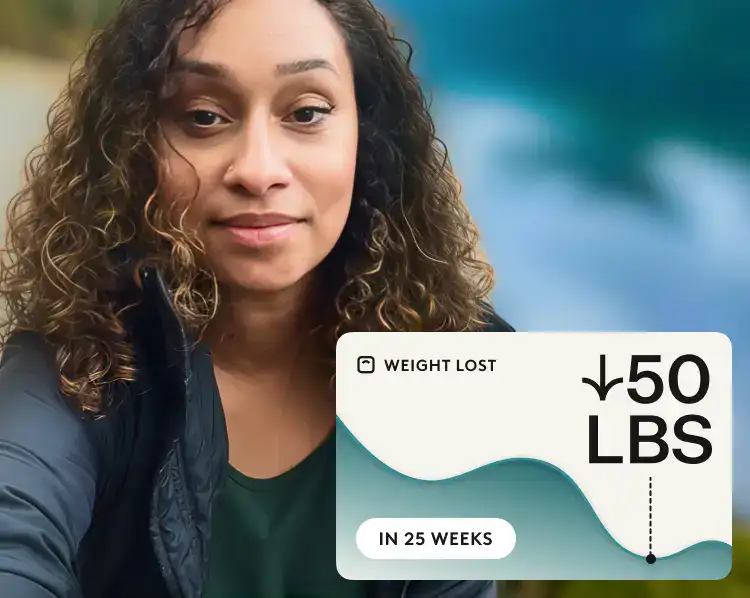
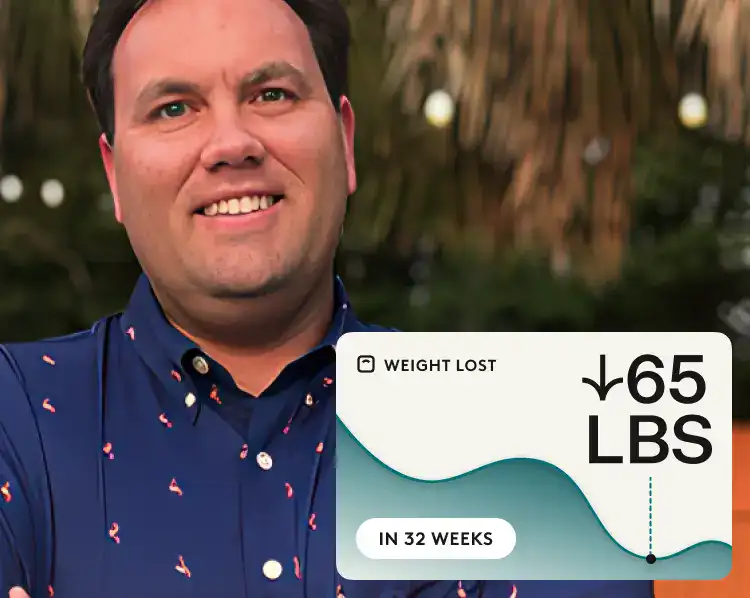

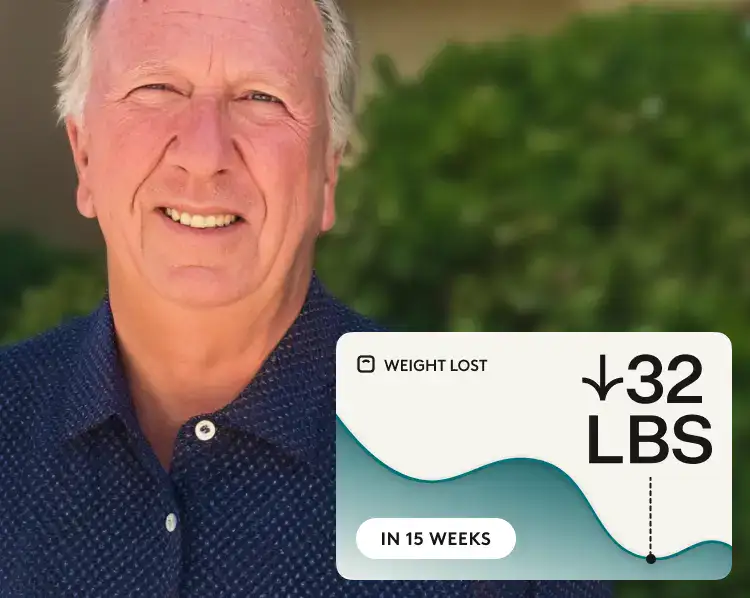
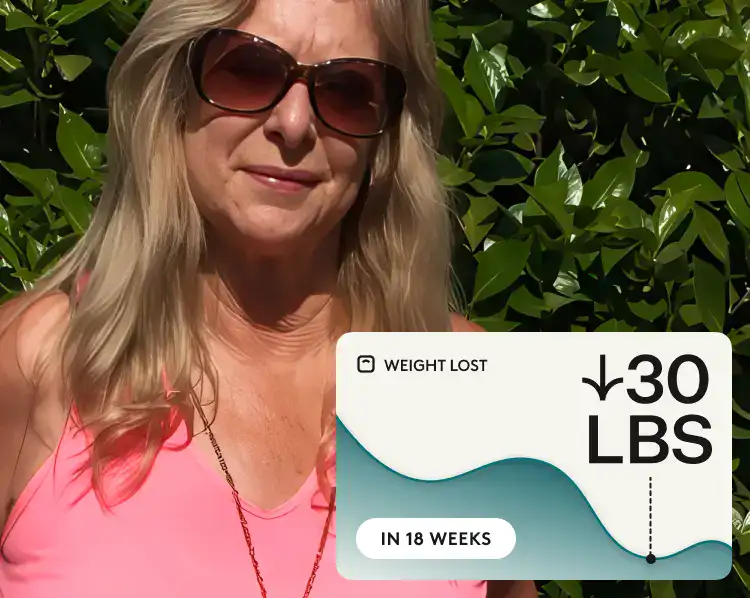

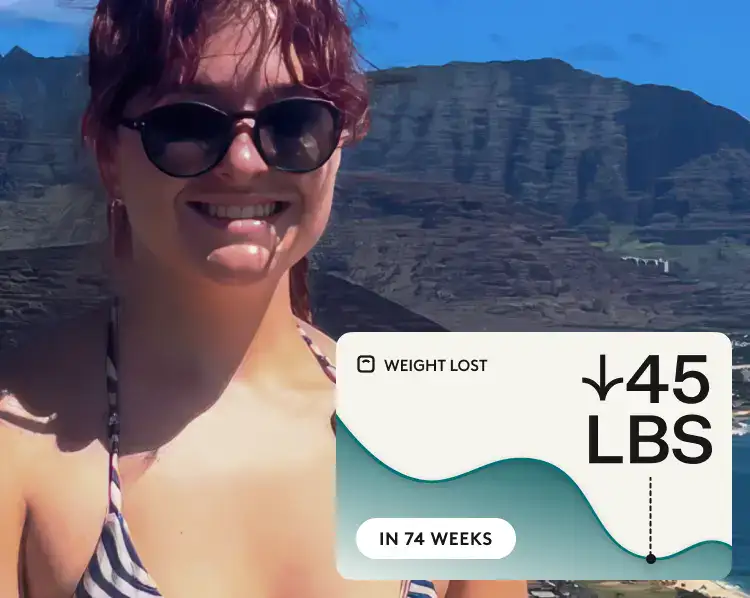
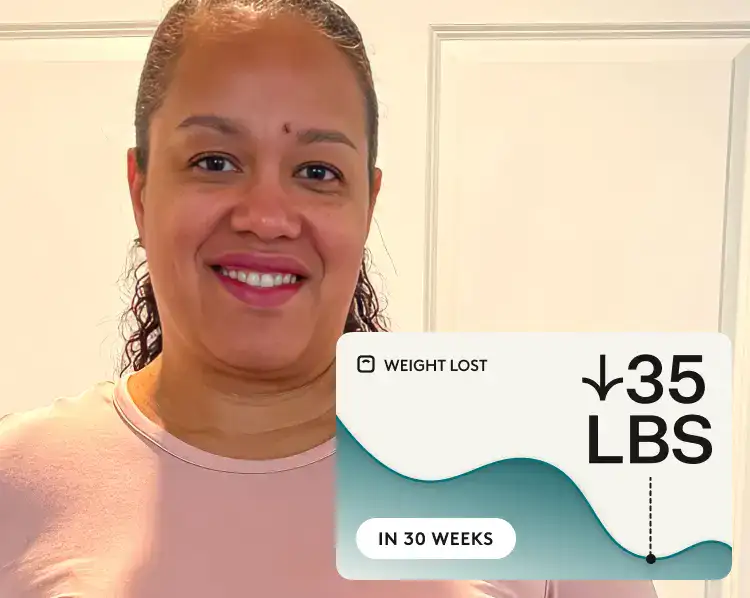
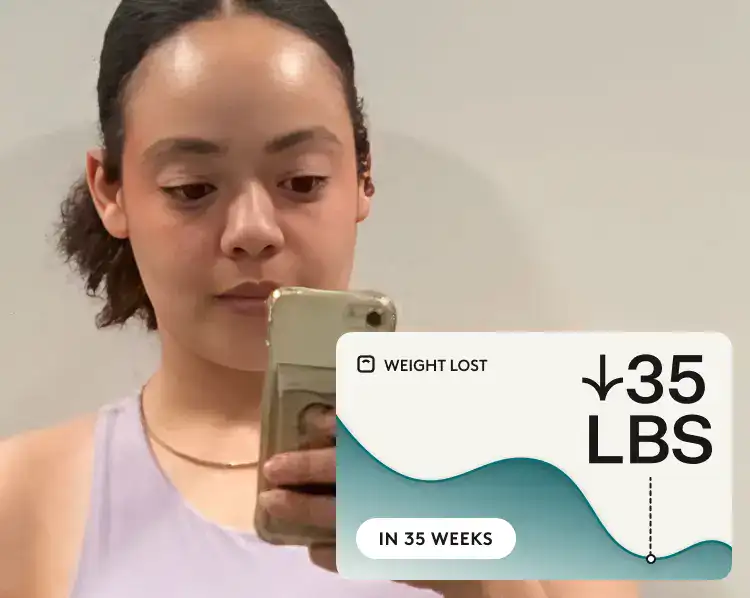
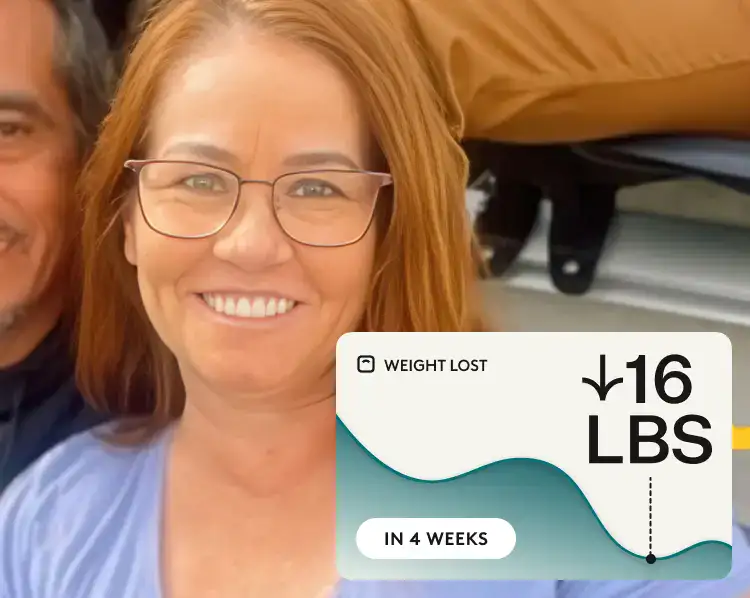
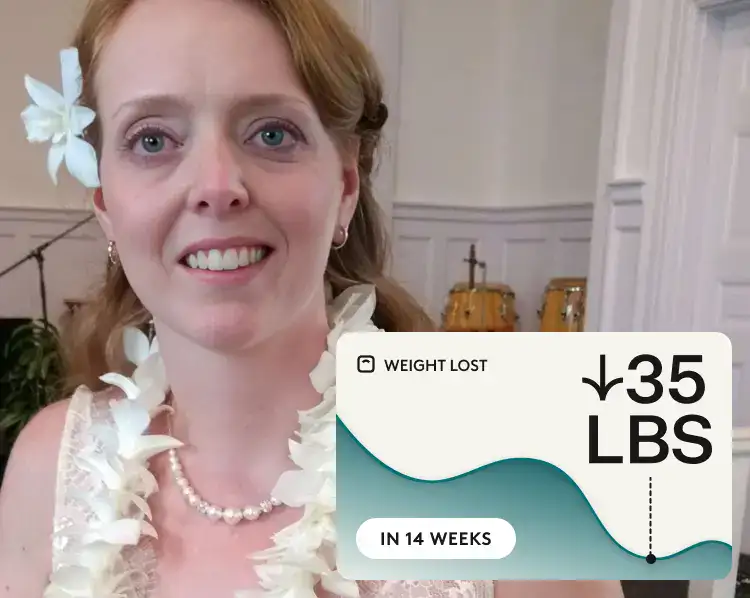

 Noom Team
Noom Team
 Shoshana Fishbein
Shoshana Fishbein


 Meaghan Cameron
Meaghan Cameron
